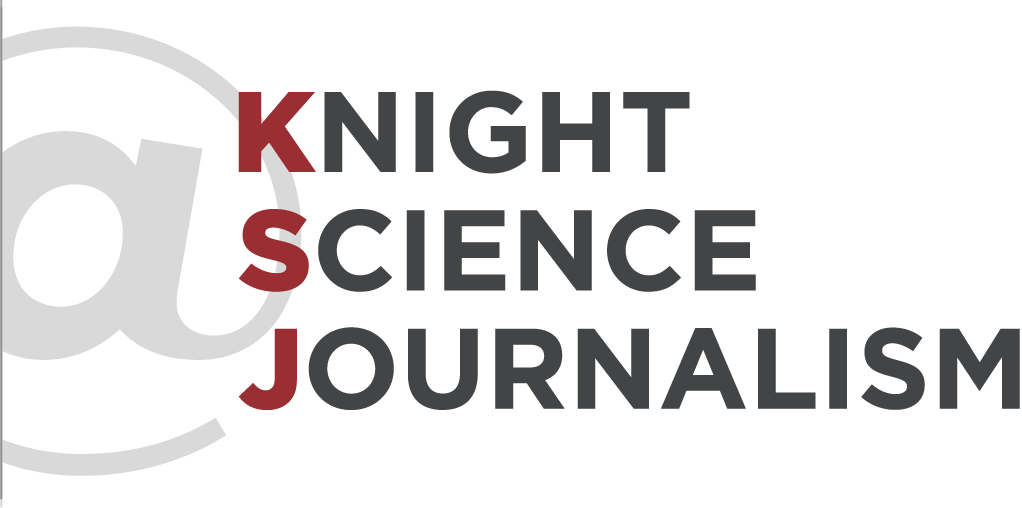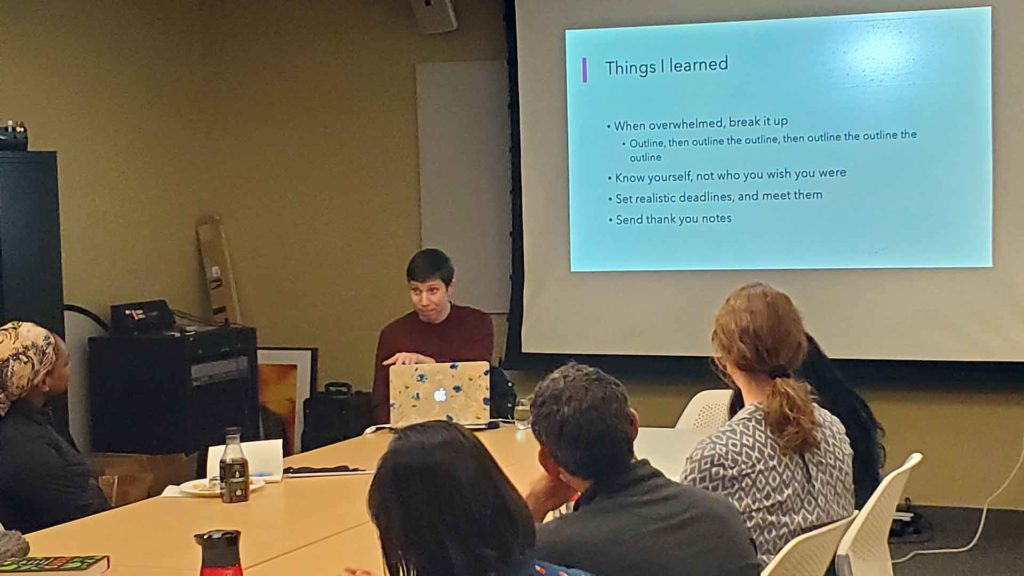Brookshire’s debut book takes readers from the worshipped rats of the Karni Mata Temple to the hunted pythons of the Everglades, and asks: What can our pests tell us about ourselves?
Alumni Notes: An Essay Goes Hollywood, an Author Reimagines Pests, and More
Alumni Notes is a recurring roundup of news about former Knight Science Journalism Fellows, featuring Federico Kukso’s compendium of what the fellows have been writing.
Meet This Year’s Fellows: Bethany Brookshire
An accomplished science writer and podcast host, Bethany Brookshire is spending the 2019-2020 academic year at MIT as a Knight Science Journalism Fellow, studying human-animal interactions at the urban and suburban interface. And it all began a decade ago, as she tells it, with a surreptitious lunchtime excursion.


 "
" "
" "
"